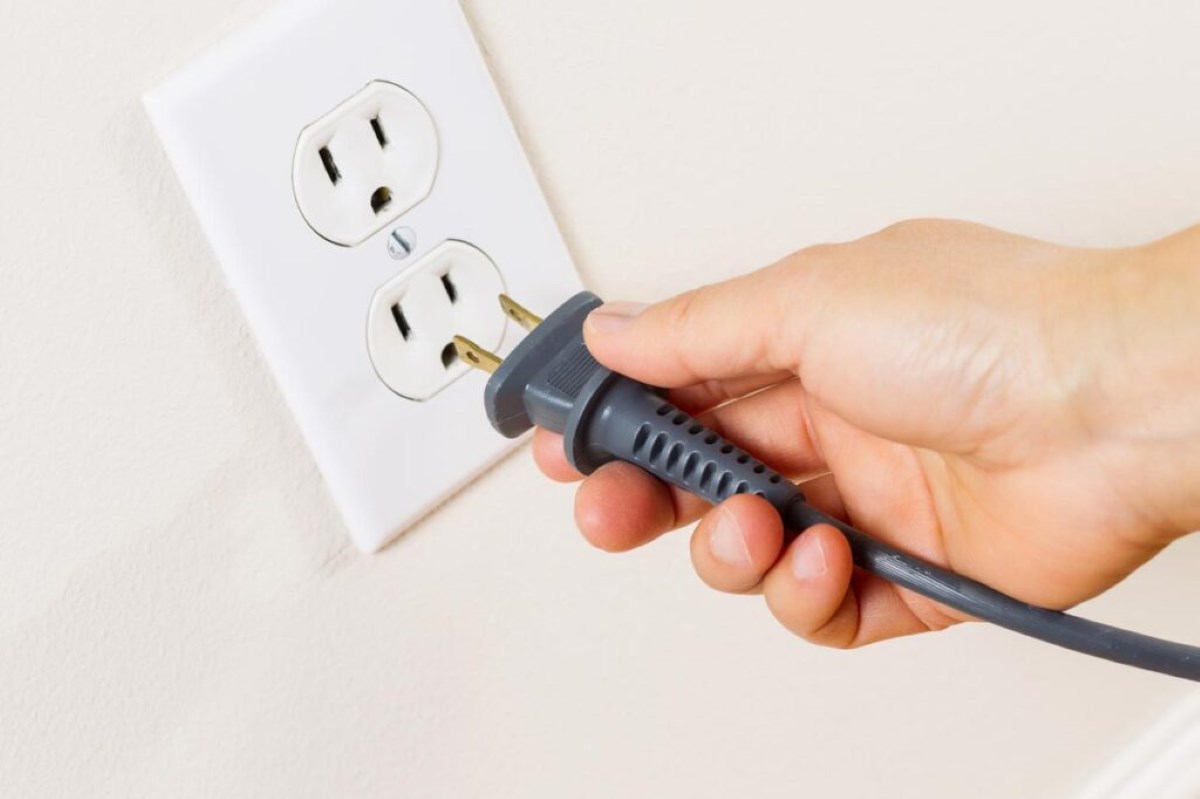

Articles
How Should You Unplug An Electrical Cord
Modified: December 7, 2023
Looking for articles on how to safely unplug an electrical cord? Learn the best practices and techniques to ensure a hassle-free and secure disconnection.
(Many of the links in this article redirect to a specific reviewed product. Your purchase of these products through affiliate links helps to generate commission for Storables.com, at no extra cost. Learn more)
Introduction
Unplugging an electrical cord may seem like a simple task that requires no special attention. However, it is crucial to handle this seemingly mundane activity with care and caution. Properly unplugging an electrical cord not only ensures the safety of individuals and property, but it also helps prevent potential hazards, such as electrical shocks and fires.
In this article, we will delve into the importance of properly unplugging an electrical cord and highlight the potential risks of improper handling. We will also provide a step-by-step guide on how to safely unplug an electrical cord and offer some practical tips to ensure the safety of unplugged cords.
Whether you are unplugging a cord from a wall outlet, power strip, or device, understanding the correct procedure is crucial. By following the right techniques, you can minimize the risk of accidents, protect your electrical devices, and promote a safe living or working environment.
So, let’s dive in and discover the best practices for unplugging an electrical cord safely and effectively.
Key Takeaways:
- Properly unplugging electrical cords is crucial to prevent hazards like electrical shocks, equipment damage, fire risks, and energy inefficiency. Following safe handling techniques ensures personal safety and device longevity.
- Regularly inspect and maintain electrical cords to prevent accidents. Avoid overloading outlets, protect cords from damage, and keep them away from moisture, children, and pets. Seek professional help for any electrical concerns.
Read more: Should You Unplug Toaster When Not In Use
Importance of Properly Unplugging an Electrical Cord
Properly unplugging an electrical cord is more than just a matter of convenience; it is a vital step in ensuring safety and preventing potential hazards. Here are a few key reasons why it is important to handle this task with care:
- Prevention of Electrical Shock: When an electrical cord is not unplugged properly, it can create a hazardous situation. The exposed prongs of a plug can result in accidental contact with live electrical wires, leading to an electrical shock. These shocks can range from mild to severe, causing injuries or even fatalities.
- Avoiding Damage to Equipment: Improperly unplugging an electrical cord can cause damage to the cord itself, as well as the connected electrical devices. Yanking or pulling on the cord instead of gently unplugging it can strain the cord’s connections, leading to frayed wires, loose connections, or even short circuits. This can result in costly repairs or the need to replace damaged equipment.
- Prevention of Fire Hazards: Faulty or damaged electrical cords are a common cause of electrical fires. When cords are abruptly unplugged or tugged forcefully from a socket, it can cause sparks or create loose connections. Over time, these electrical faults can escalate, leading to overheating and potential fires.
- Promoting Electrical Efficiency: Properly unplugging an electrical cord helps promote energy efficiency. Leaving cords plugged in when not in use can result in “phantom loads”, where devices continue to draw power even when not actively being used. By unplugging cords when they are not needed, you can reduce your energy consumption and contribute to a greener environment.
To ensure the safety of individuals and the longevity of electrical devices, it is essential to understand the importance of proper cord unplugging procedures. By following the correct techniques, you can mitigate the risks associated with electrical shocks, equipment damage, fire hazards, and unnecessary energy consumption.
Potential Risks of Improperly Unplugging an Electrical Cord
Improperly unplugging an electrical cord can lead to various risks and hazards that can jeopardize both personal safety and property. Understanding these risks is crucial for practicing proper cord handling. Here are some potential risks of improperly unplugging an electrical cord:
- Electrical Shocks: Pulling or yanking on a cord instead of gently unplugging it can result in accidental contact with live electrical wires. This can cause electrical shocks, ranging from mild tingling sensations to severe and potentially fatal injuries. Electric shocks can disrupt the normal functioning of the body’s electrical system, leading to muscle contractions, burns, and even cardiac arrest.
- Cord Damage: Forcefully unplugging a cord can strain the cord’s connections, leading to bent prongs, frayed wires, or loosened connections. These damages can weaken the cord’s integrity, increase the risk of electrical faults, and potentially expose the wires. Damaged cords are not only a safety hazard but can also lead to equipment malfunctions or require expensive repairs or replacements.
- Fire Hazards: When cords are abruptly yanked or pulled from an outlet, it can cause sparks or create loose connections. Over time, these loose connections can lead to arcing or overheating, increasing the risk of electrical fires. Additionally, damaged cords or exposed wires can come into contact with combustible materials, exacerbating the fire hazard.
- Property Damage: Faulty or damaged cords can cause power surges or irregular voltage flow, leading to damage to connected electrical devices. The sudden interruption of power due to improper unplugging can result in data loss or corruption, disrupted electronics, or even permanent damage to devices.
- Injury to Others: Improperly unplugging a cord can also pose a risk to others in the vicinity. If the cord is forcefully pulled and it has not been properly secured or kept out of the way, it can become a tripping hazard, potentially causing injuries to individuals nearby.
Understanding the potential risks of improperly unplugging an electrical cord highlights the importance of following proper cord handling techniques. By being aware of these risks and taking appropriate precautions, you can minimize the chances of accidents, protect your electrical equipment, and ensure the safety of yourself and others.
When unplugging an electrical cord, always grasp the plug itself rather than pulling on the cord to avoid damaging the cord or the outlet.
Step-by-Step Guide to Unplugging an Electrical Cord Safely
To ensure the safe and proper unplugging of an electrical cord, follow these step-by-step instructions:
- Step 1: Prepare: Before unplugging the cord, ensure that your hands are dry and free from moisture. This will help prevent electrical shock and ensure a secure grip on the plug.
- Step 2: Switch Off: If the device connected to the cord has a dedicated power switch, turn it off before unplugging. This prevents accidental power surges or unintended operation during the unplugging process.
- Step 3: Identify the Plug: Locate the plug that needs to be unplugged. It could be connected to a wall outlet, power strip, or device.
- Step 4: Firm Grip: Hold the plug firmly, making sure to grip it by the insulated portion. Avoid pulling on the cord itself, as this can strain the connections and potentially damage the cord.
- Step 5: Gentle Pull: In one smooth and gentle motion, pull the plug straight out from the outlet or socket. Apply a consistent force without excessive jerking or yanking to prevent damage to the plug, cord, or outlet.
- Step 6: Inspect the Cord: After unplugging, take a moment to inspect the cord for any visible signs of damage, such as frayed wires or dislodged prongs. If you notice any issues, do not use the cord and arrange for repairs or replacement.
- Step 7: Store or Reconnect: Depending on your needs, you can either neatly coil the cord for storage or reconnect it to a different outlet or device if necessary. Ensure that the plug is fully inserted and securely seated.
By following these step-by-step guidelines, you can safely unplug an electrical cord without risking electrical shocks, cord damage, or other potential hazards. Remember to exercise caution, handle the cord gently, and inspect it periodically for any signs of wear or damage.
Properly unplugging cords not only ensures personal safety but also helps prolong the lifespan of your electrical devices and promotes a safe and efficient electrical environment. By incorporating safe cord handling practices into your daily routine, you can protect yourself, your property, and enjoy peace of mind.
Tips for Ensuring the Safety of Unplugged Electrical Cords
Unplugging electrical cords is just the first step in ensuring their safety. Proper care and maintenance are necessary to maintain the integrity of these cords and prevent accidents. Here are some helpful tips to keep in mind:
- Avoid Overloading: Do not overload your power outlets or extension cords. Overloading can lead to overheating and potential fire hazards. Spread out your electrical devices across different outlets or use power strips with surge protection to distribute the load.
- Protect Cords from Damage: Keep cords away from high-traffic areas, sharp edges, or areas prone to spills. Use cord covers or cord clips to secure cords and protect them from being stepped on or tripped over. Avoid running cords under carpets or rugs, as this can cause overheating and potential damage.
- Regularly Inspect Cords: Periodically inspect your cords for any signs of wear, frayed wires, or loose connections. Replace damaged cords immediately. To avoid tripping hazards, do not use cords with exposed wires or damaged insulation.
- Proper Storage: When not in use, coil the cords neatly and store them in a cool, dry place. Avoid tightly wrapping cords around objects, as this can cause kinks or damage. Consider using cord organizers or cord winders to keep them organized and tangle-free.
- Keep Cords Dry: Moisture can cause short circuits or electrical shocks. Keep cords away from water sources such as sinks, baths, or outdoor areas. If you need to use electrical devices outdoors, make sure they are connected to weather-resistant cords and protected by appropriate covers.
- Children and Pets: Keep cords out of reach of children and pets to avoid accidental tugging or chewing. Use cord concealers or cord management devices to secure cords and prevent them from becoming a plaything.
- Use Ground-Fault Circuit Interrupters (GFCIs): Install GFCIs in areas where electrical cords may come into contact with water, such as kitchens, bathrooms, and outdoor areas. GFCIs can quickly shut off the power in case of a ground fault, preventing electric shocks.
- Consult a Professional: If you are unsure about any electrical issues or need assistance with installations or repairs, consult a qualified electrician. They can provide guidance and ensure that your electrical system is safe and up to code.
By following these tips, you can significantly reduce the risk of accidents, extend the lifespan of your electrical cords, and maintain a safe environment. Regular inspections, proper storage, and adherence to safety guidelines are essential in safeguarding yourself, your loved ones, and your property from potential hazards.
Conclusion
Taking the time to properly unplug electrical cords is a small yet important task that can make a significant difference in maintaining safety and preventing potential hazards. By following the step-by-step guide and implementing the tips mentioned in this article, you can ensure the proper handling of electrical cords and minimize the risks associated with electrical shocks, cord damage, fire hazards, and other accidents.
Remember, the importance of unplugging cords safely goes beyond just protecting yourself and your property. It also promotes energy efficiency, reduces the risk of electrical fires, and contributes to a safer living or working environment for everyone.
Whether it’s unplugging a cord from a wall outlet, a power strip, or a device, always exercise caution, have a firm grip on the plug, and avoid pulling or yanking the cord itself. Regularly inspect cords for any signs of wear and tear, and promptly replace damaged cords to prevent accidents.
Additionally, practicing proper cord management, avoiding overloading outlets, and protecting cords from damage are all crucial steps in maintaining the safety and longevity of your electrical cords. By implementing these tips, you can create a safer and more efficient electrical environment in your home or workplace.
When in doubt or if you encounter any electrical issues, it is advisable to seek professional help from a qualified electrician. They can provide expert guidance and ensure that your electrical system meets safety standards.
By treating the unplugging of electrical cords as a vital safety practice, you can help prevent accidents, protect your property, and provide a secure environment for yourself and those around you.
Frequently Asked Questions about How Should You Unplug An Electrical Cord
Was this page helpful?
At Storables.com, we guarantee accurate and reliable information. Our content, validated by Expert Board Contributors, is crafted following stringent Editorial Policies. We're committed to providing you with well-researched, expert-backed insights for all your informational needs.
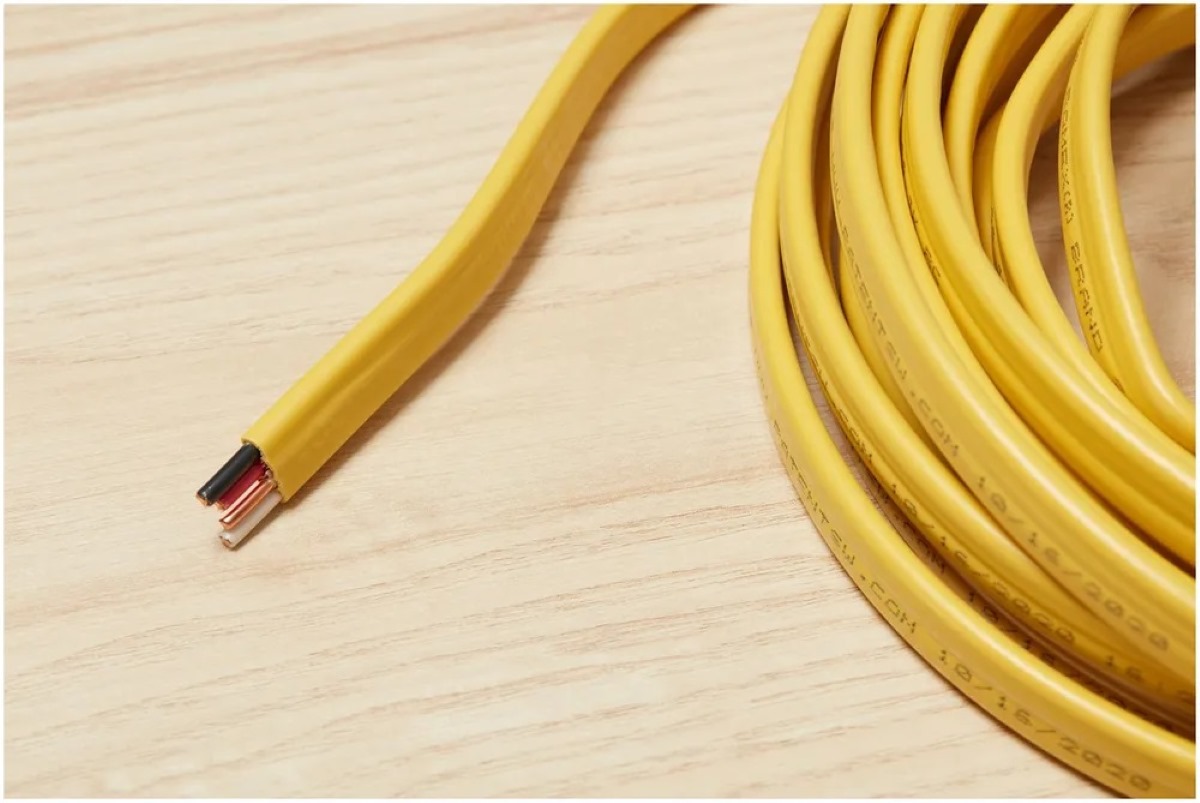
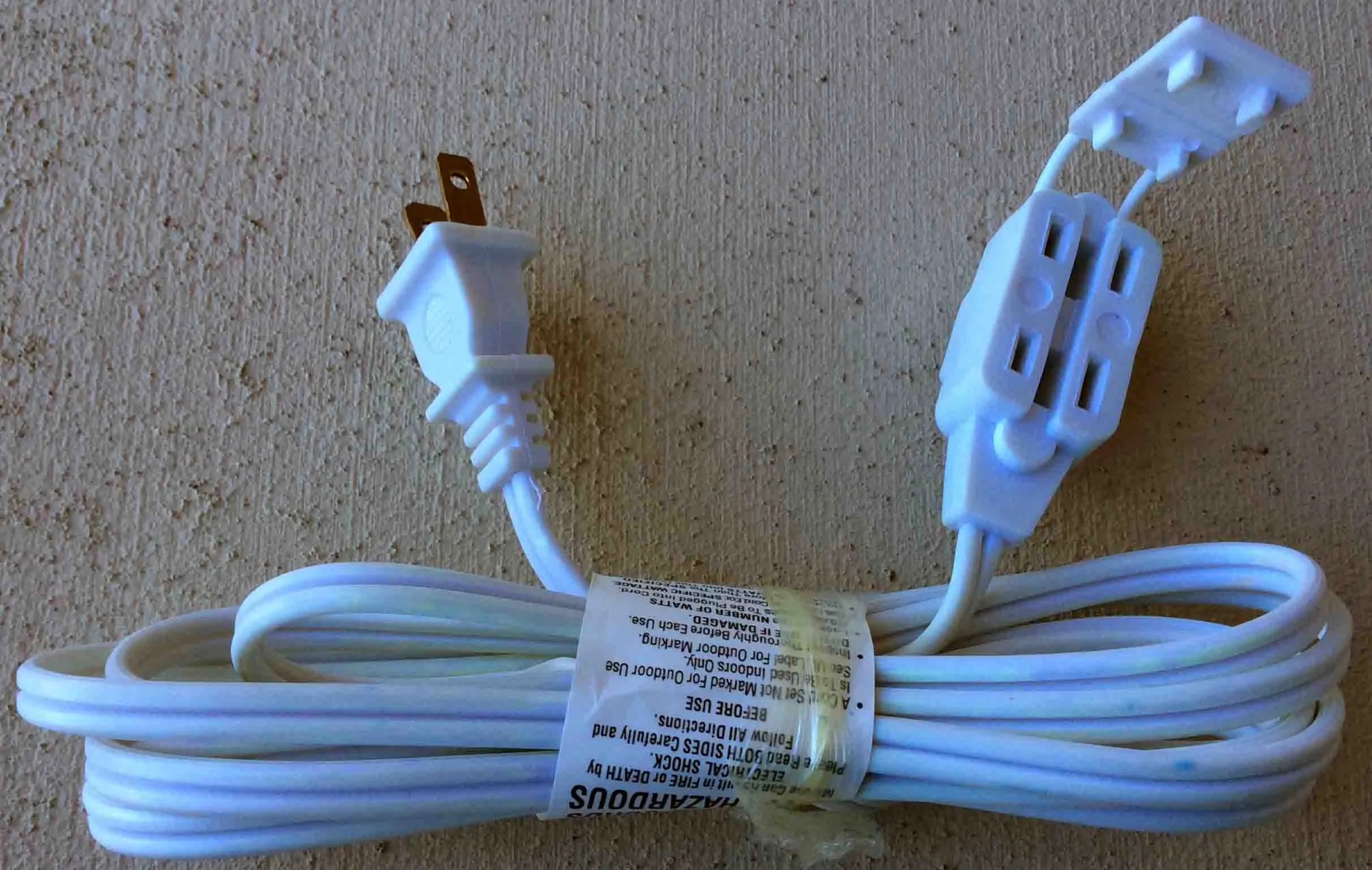
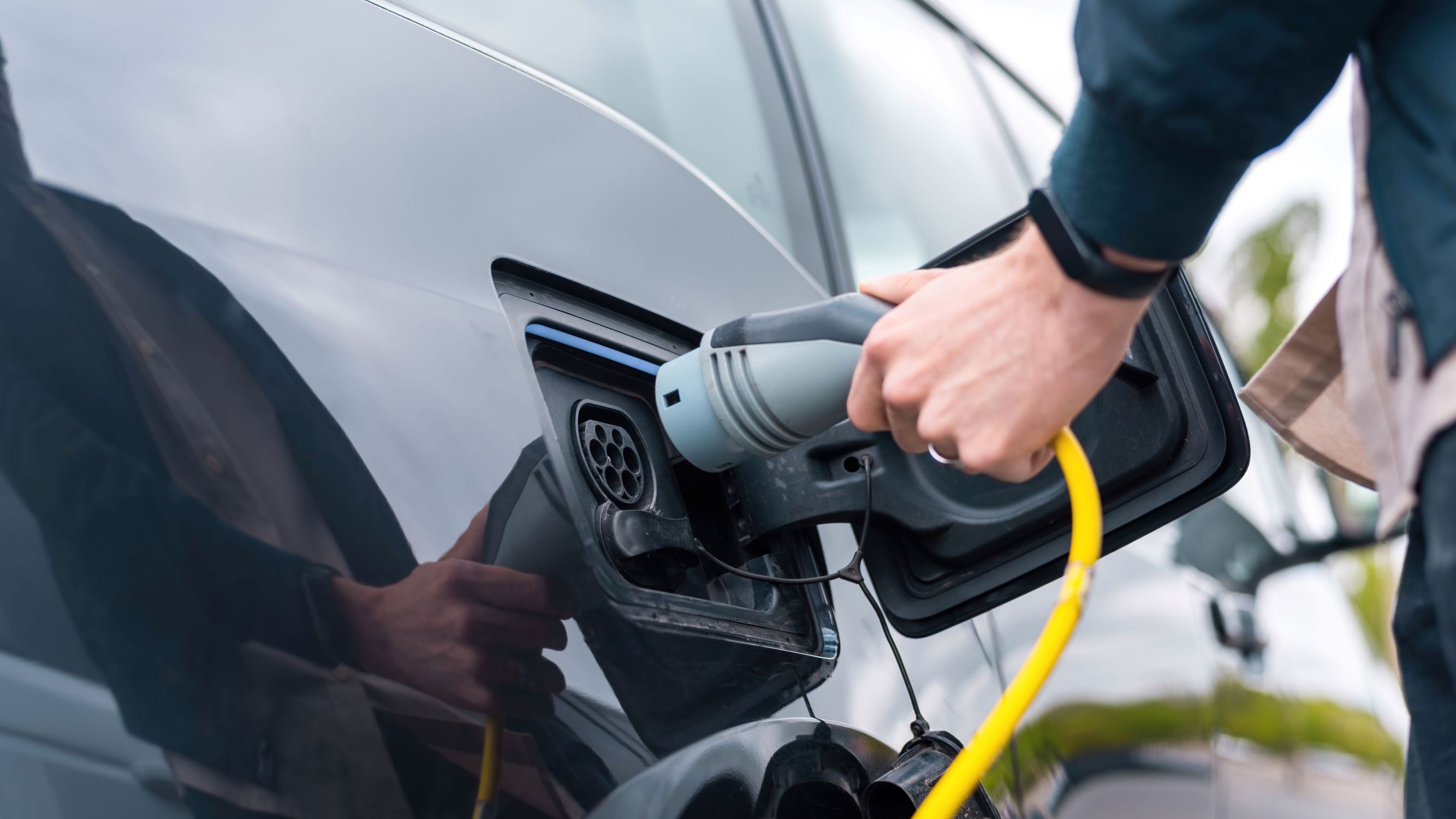
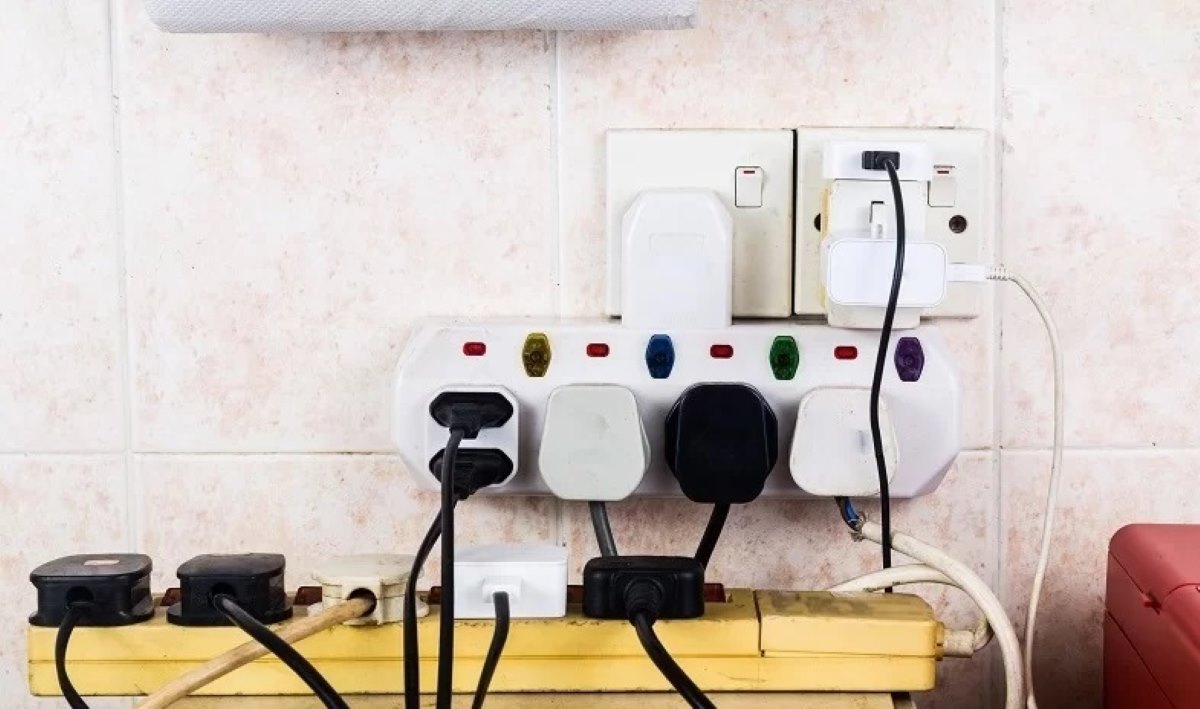
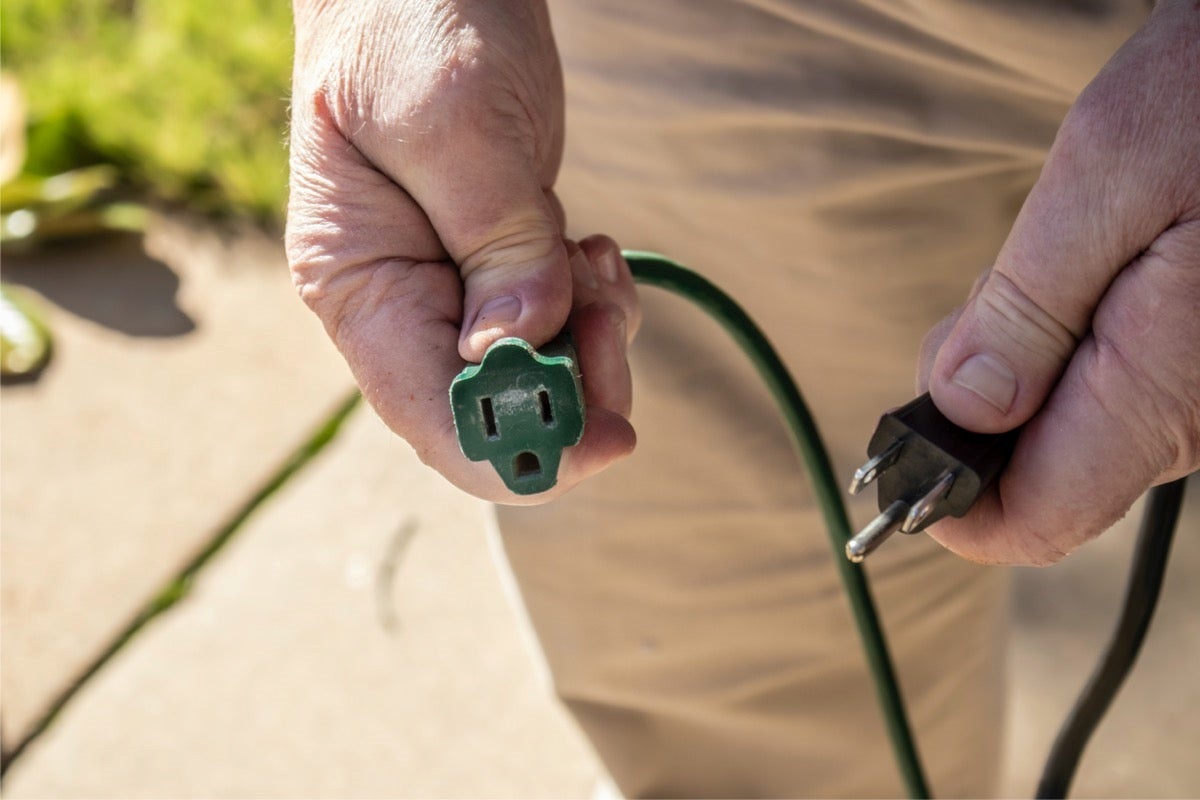
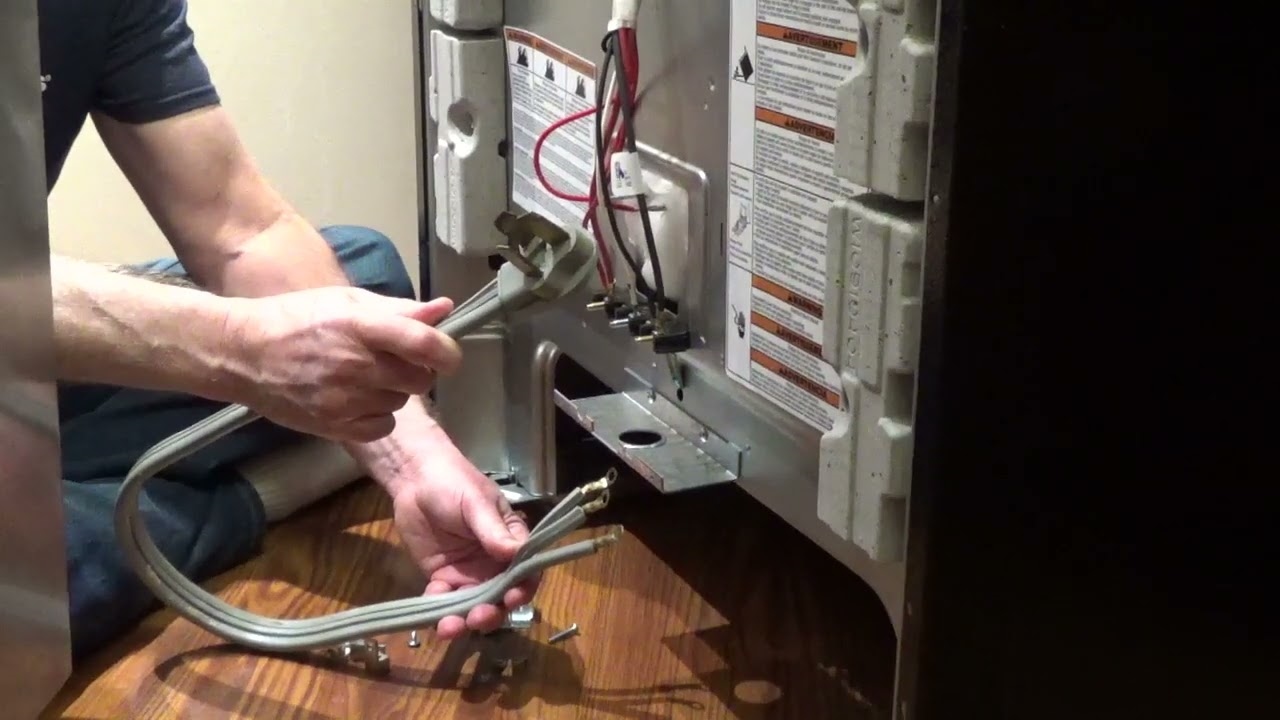
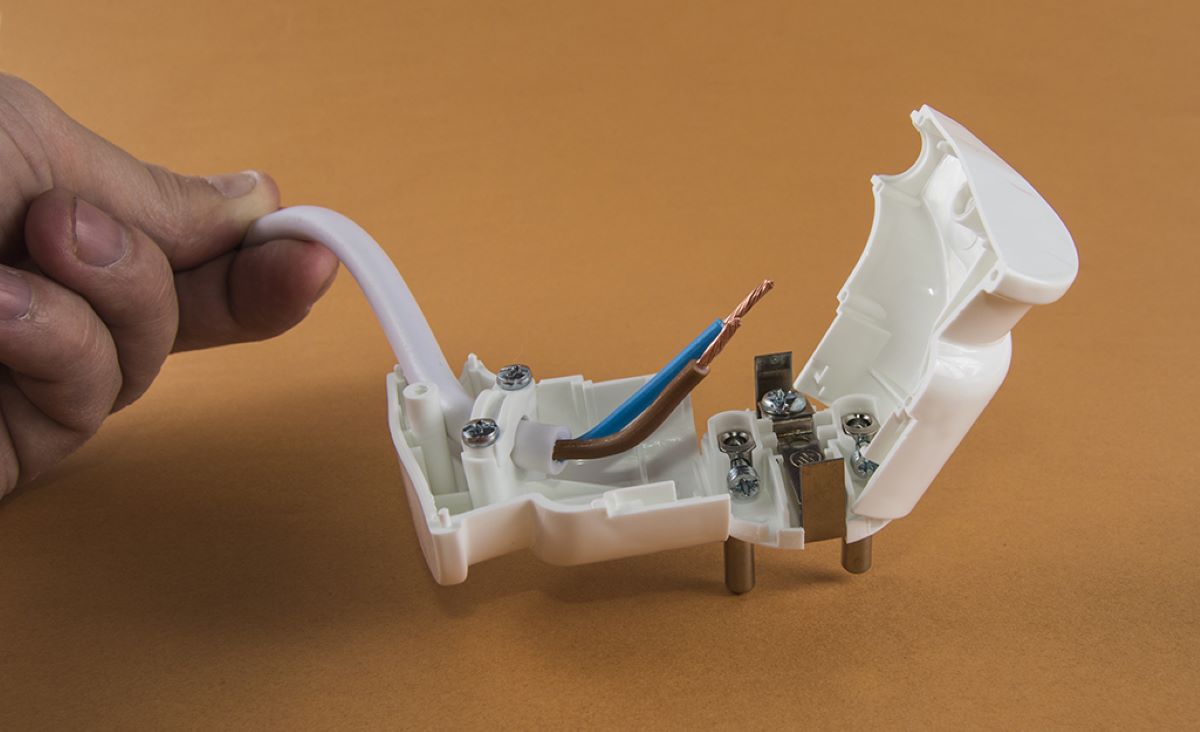
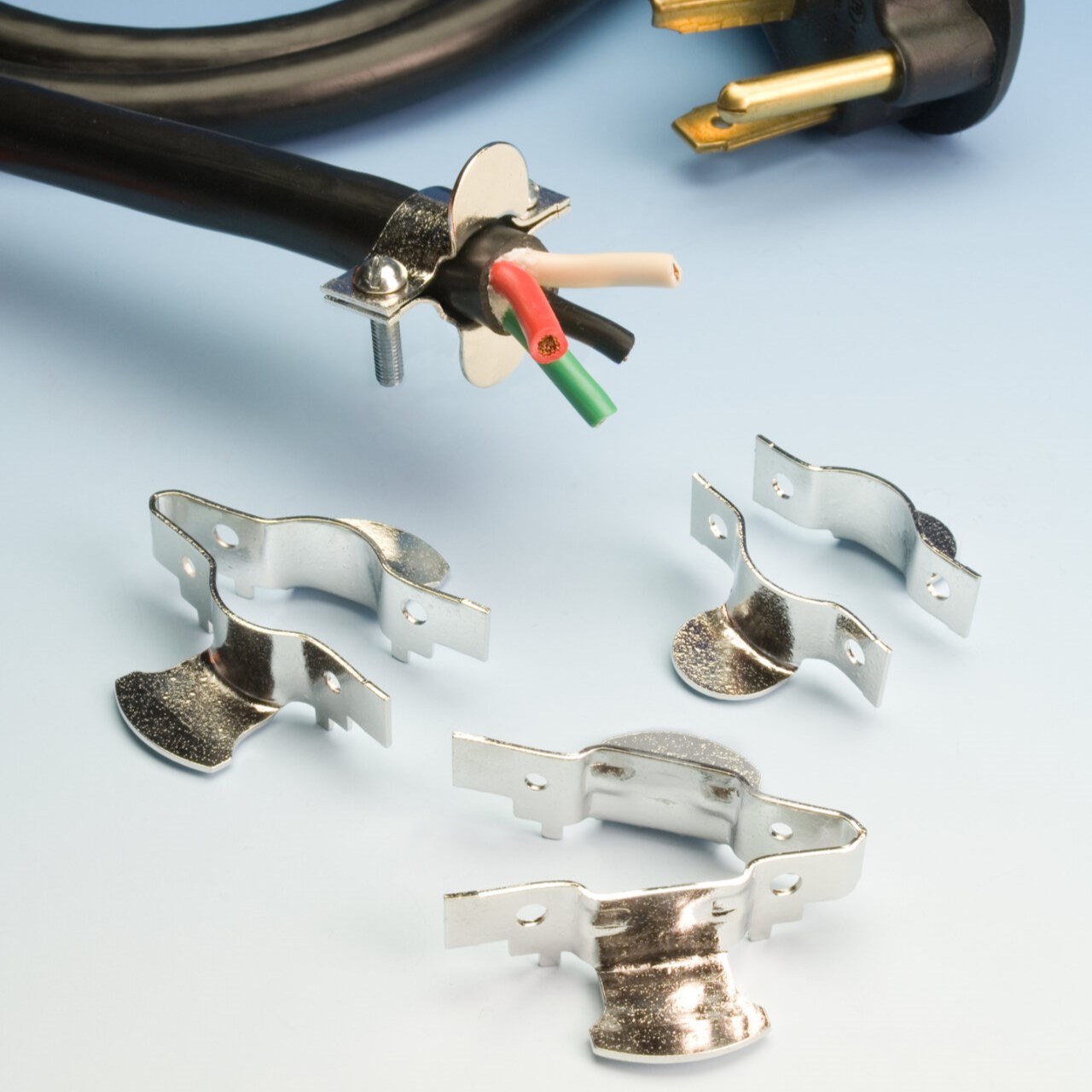
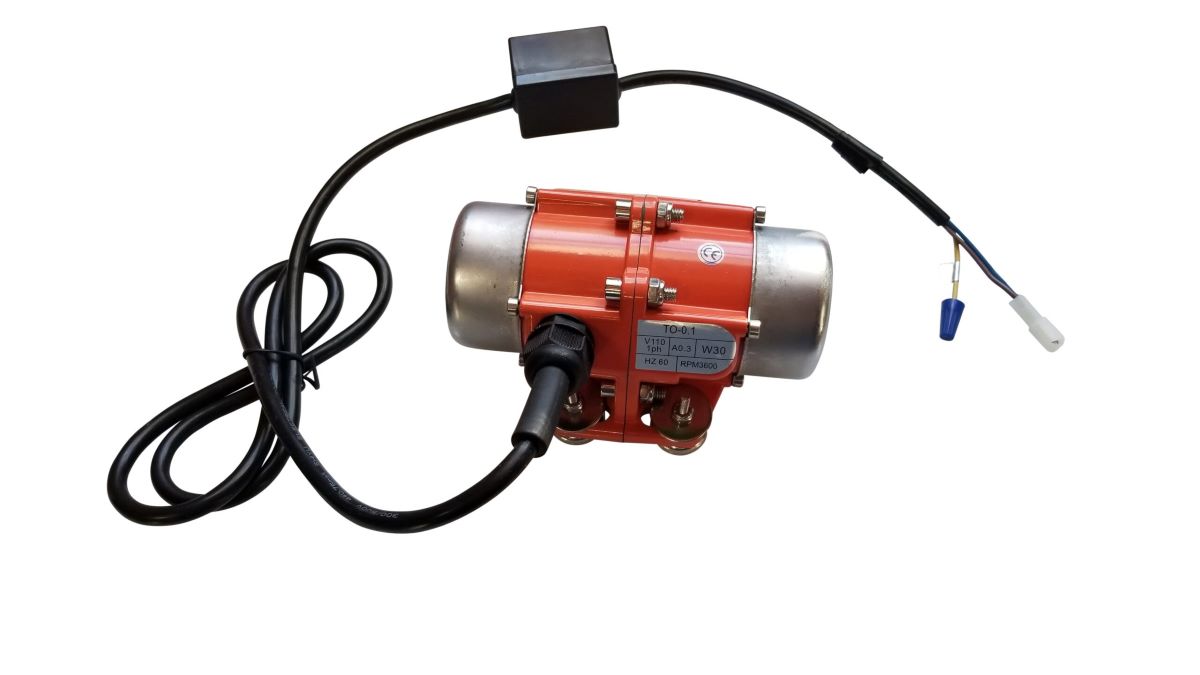
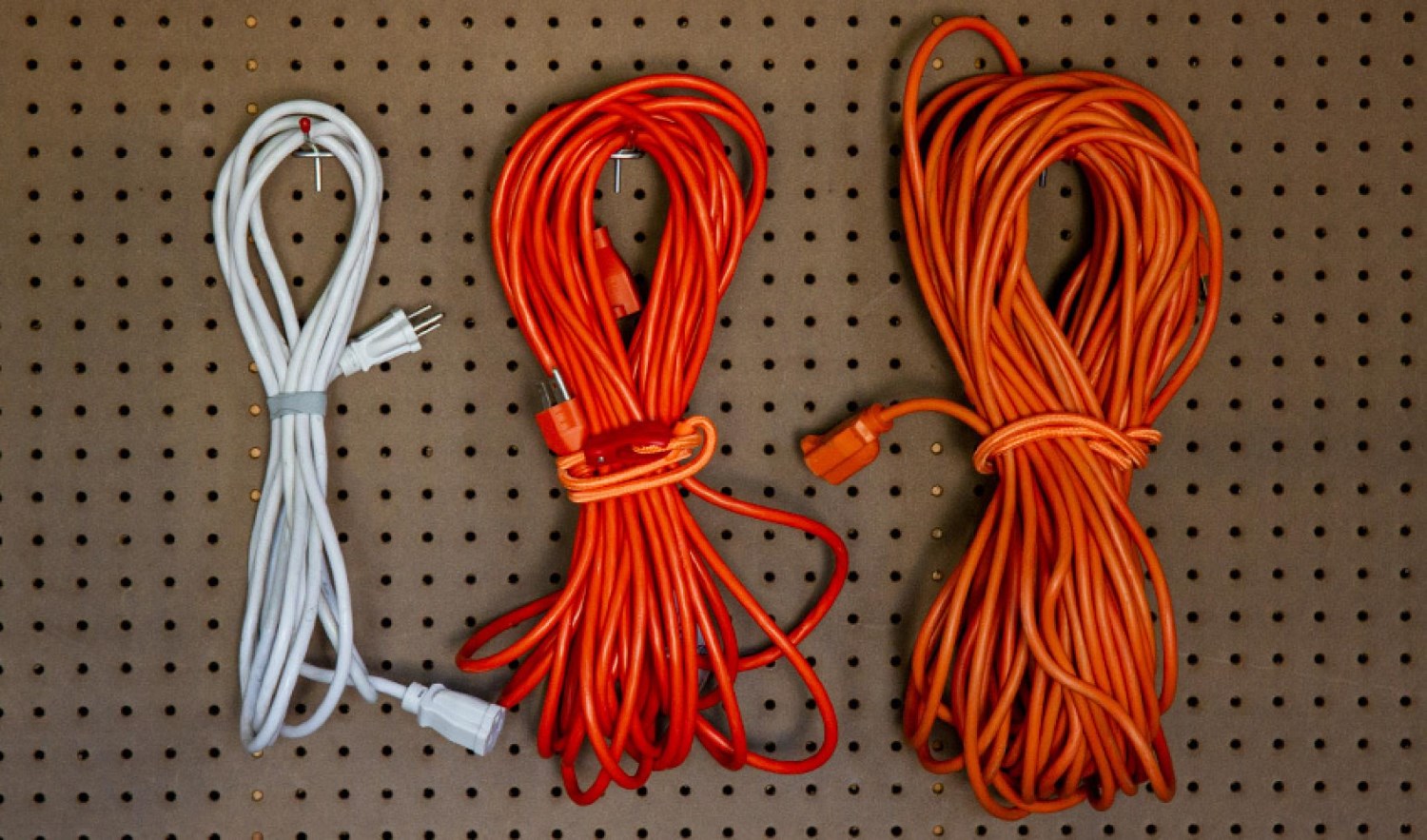
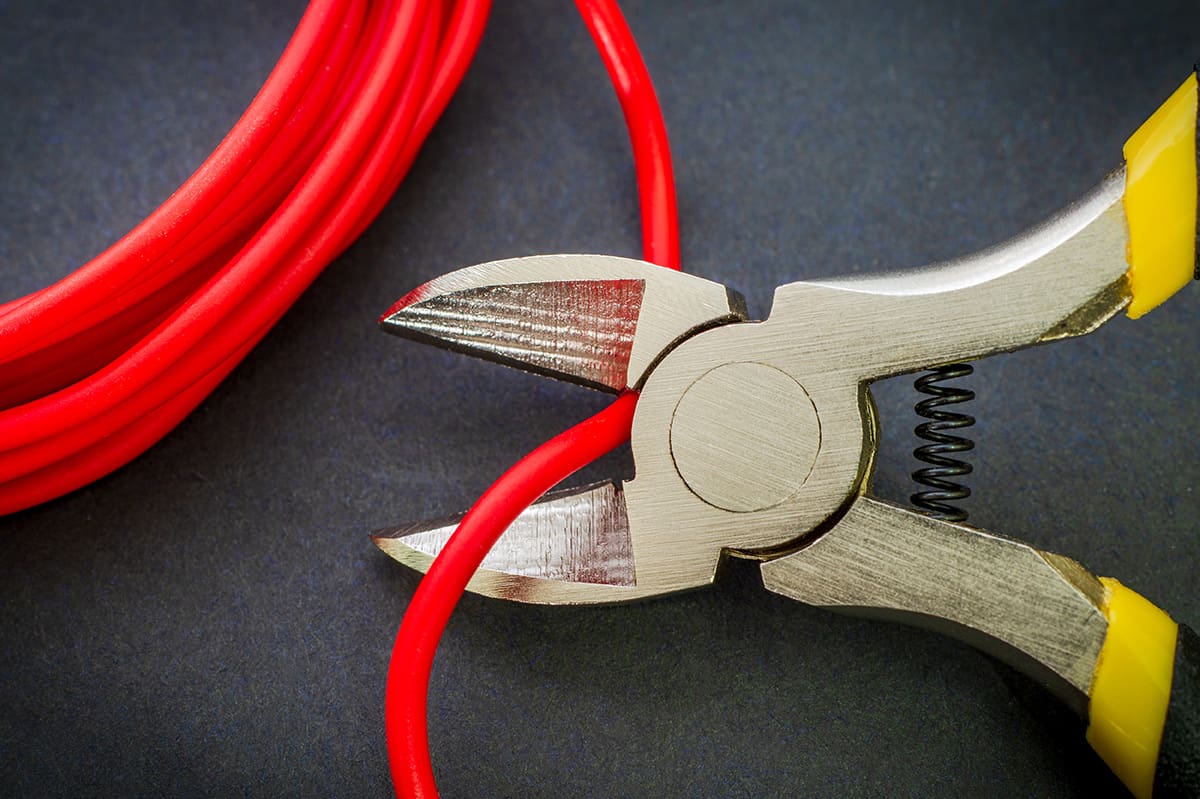
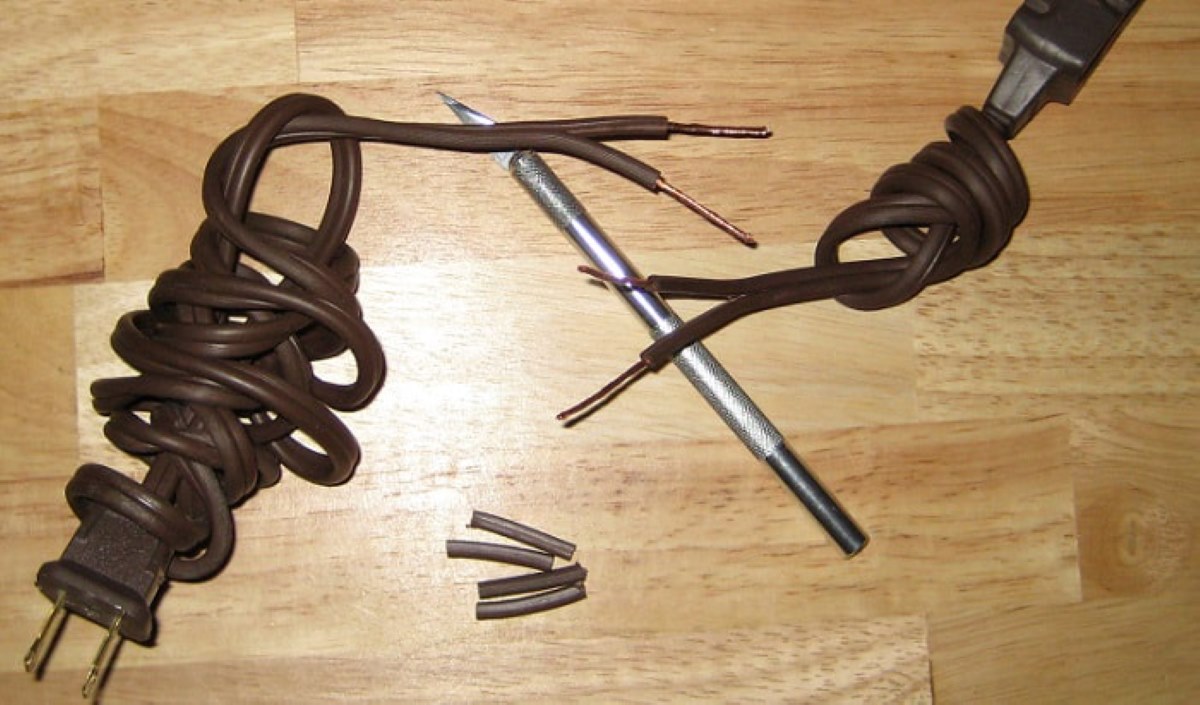
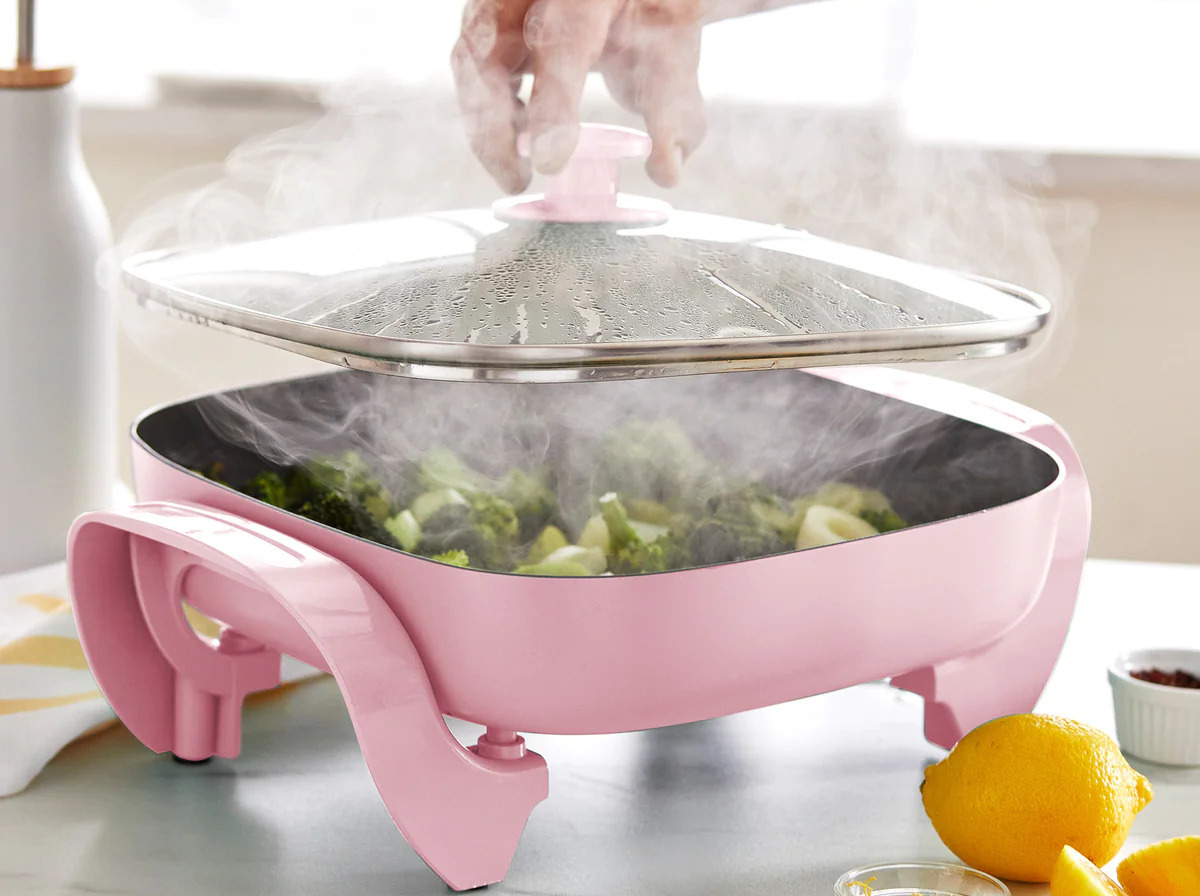
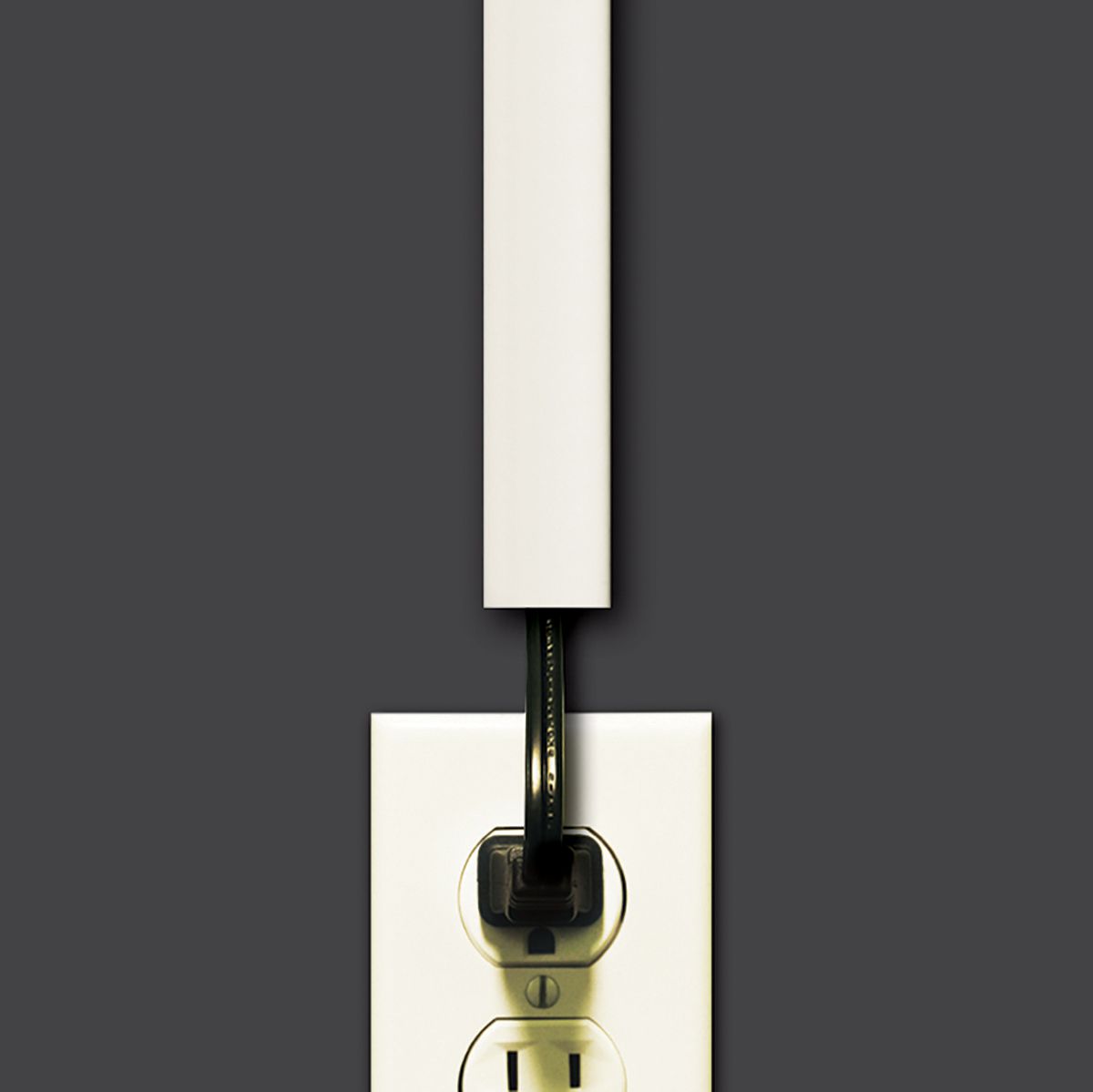

0 thoughts on “How Should You Unplug An Electrical Cord”